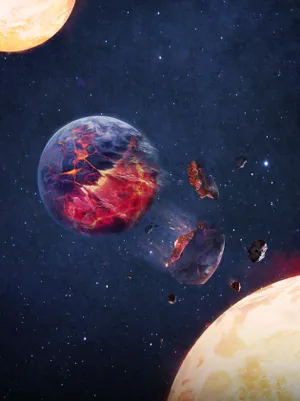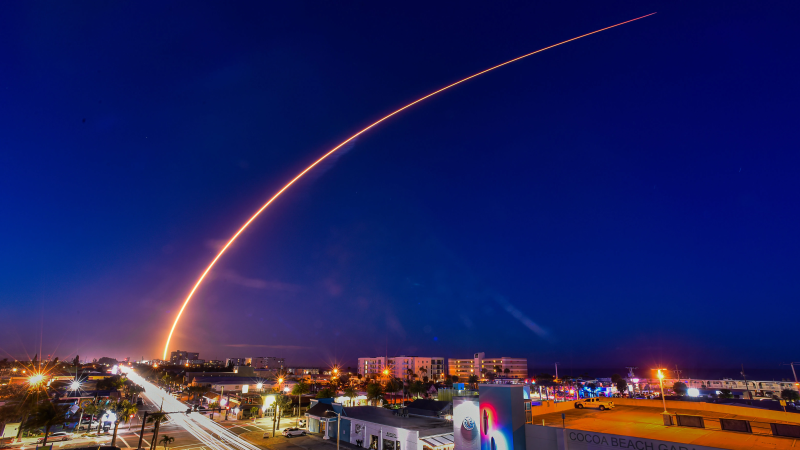A surprising number of stars eat their own planets, study shows. Here's how it happens.
Plenty of threats already loom here on Earth without us having to worry about a star engulfing our planet.
Fortunately, us Earthlings have made our home on a planet in a solar system that has benefitted from a remarkably stable 4.5 billion-year run in the universe.
But other planets across the galaxy aren't so lucky.
It turns out, a surprising number of stars out there have been known to gobble up their own planets and spit them back out.
Ok, they may not actually spit them back out, but the metaphorical planetary feast does have the habit of changing those stars' chemical compositions, according to a new study from an international team of scientists. That telltale feature was how the team was able to discern which of a pair of "twin stars" devoured a nearby doomed planet; the study was published Wednesday in the journal Nature.
"They are born of the same molecular clouds and so should be identical,” lead author Fan Liu, an astronomer at Monash University in Australia, said in a statement. "This provides very strong evidence that one of the stars has swallowed planets or planetary material and changed its composition.”

SpaceX Starship:What's happened in all 3 test launches of craft for moon mission
1 in 12 stars might have swallowed a planet, study finds
To make their findings, the researchers turned to data collected from variety of powerful telescopes to analyze the cosmos.
Led by researchers at ASTRO 3D, a scientific center funded by the Australian government, the scientists studied 91 pairs of twin stars, which were born in the same molecular clouds and travel together.
What they found was that 8% of the time – or in the case of about 1 in 12 stars – twin stars that should have identical composition in fact differed.
The conclusion, to them, was clear: In those rare cases, the odd one out had likely ingested another planet – or at least planetary material.
"The ingestion of the whole planet is our favored scenario but of course we can also not rule out that these stars have ingested a lot of material from a protoplanetary disk,” Liu said.
How that helps astronomers understand planetary evolution
The findings may help astronomers better understand planetary evolution, the team said.
The stars the researchers studied weren't aging red giants on the cusp of burning out, but were in the prime of their life, perplexing the team.
“This is different from previous studies where late-stage stars can engulf nearby planets when the star becomes a very giant ball,” Liu said.

Astronomers once believed these sort of events were impossible, said study co-author Yuan-Sen Ting, an astronomer at the Australian National University. Now, the observations from the study indicated that the occurrence can indeed occur, even if it's relatively rare.
“This opens a new window for planet evolution theorists to study,” Ting said in a statement.
Eric Lagatta covers breaking and trending news for USA TODAY. Reach him at elagatta@gannett.com
Disclaimer: The copyright of this article belongs to the original author. Reposting this article is solely for the purpose of information dissemination and does not constitute any investment advice. If there is any infringement, please contact us immediately. We will make corrections or deletions as necessary. Thank you.







